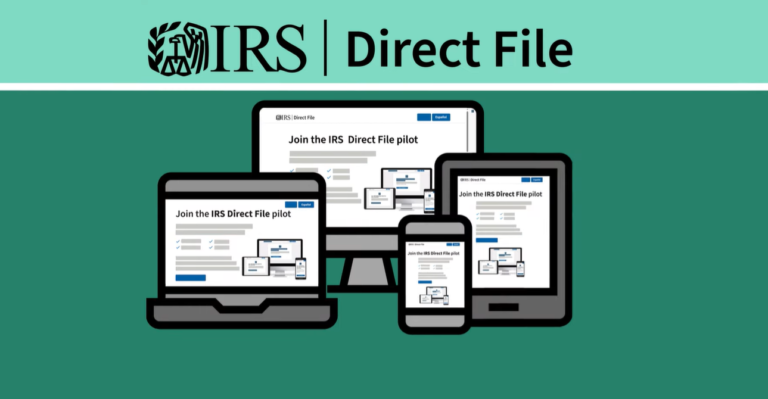How Health Insurance Actually Works (And How to Use It to Win)
Learn how health insurance works, from deductibles to out-of-pocket maximums. This guide simplifies health insurance terms and helps you choose the best plan.
Key Takeaways
- Health insurance protects against large, unexpected medical costs.
- The deductible is the upfront amount you pay before insurance covers expenses.
- Coinsurance and copays are your share of the costs after meeting the deductible.
- Once you hit your out-of-pocket maximum, the insurer covers 100% of covered expenses for the year.
- Understand your plan’s premiums, network, and benefits to maximize value.
Let’s face it—health insurance is one of those things most people don’t understand but absolutely need. It’s complicated, boring, and—honestly—designed to confuse you. But here’s the thing: understanding health insurance isn’t just about staying healthy; it’s about playing the game right so you don’t get crushed by unexpected medical bills.
So, let’s break it down. I’ll simplify everything, show you the traps, and tell you how to pick a plan like a pro.
Health Insurance Breakdown
Hover over each section to learn more about how health insurance costs are structured.
Deductible
Coinsurance
Out-of-Pocket Max
*This diagram assumes a standard health insurance plan structure.
The Game: Health Insurance in One Sentence
Health insurance is like paying a subscription fee to avoid getting crushed by the what-ifs of life. It’s not designed to save you money on routine stuff; it’s there to protect you from the massive, “oh-no-I’m-bankrupt” expenses.
Now, let’s get into the key terms, because if you don’t know the rules of the game, you’re gonna lose.
Key Terms You Need to Know
1. Premium (Your Buy-In)
This is the price of admission—the monthly fee you pay just to stay in the game. It’s like your Netflix subscription, except way less fun. Whether you visit a doctor or not, this money is gone.
- The Rule: High premiums mean you’re paying upfront for lower costs later. Low premiums? You’re gambling that you won’t need much care.
2. Deductible (The First Big Hurdle)
The deductible is what you pay out of pocket before insurance starts helping. Think of it as the paywall you have to smash through before things get easier.
- Example: If your deductible is $2,000, and you rack up $1,999 in medical bills, guess what? You’re on the hook for all of it.
- Pro Tip: Don’t just look at the deductible—look at the math. How likely are you to hit it?
3. Copay (The Cover Charge)
A copay is like a service fee for showing up. You pay this fixed amount every time you go to the doctor or fill a prescription, even if insurance is covering part of it.
- Example: $20 to see your doc, $10 for your meds.
- Hack: Some plans waive copays for preventive care like check-ups. Use this. It’s free money.
4. Coinsurance (Your Split with the House)
After you meet your deductible, coinsurance kicks in. This is the percentage of the bill you still have to cover.
- Example: With 20% coinsurance, if you have a $1,000 surgery, you pay $200, and insurance covers the rest. This keeps going until you hit your next milestone…
5. Out-of-Pocket Maximum (Game Over for Bills)
This is the jackpot. Once you hit your out-of-pocket max, insurance pays 100% of the rest of your covered expenses for the year.
- Example: If your max is $5,000 and you’ve paid $5,000 between the deductible, copays, and coinsurance, you’re done. They pick up the rest.
- Pro Move: Know this number. It’s the ceiling of what you’ll pay, no matter how bad things get.
How the Game Actually Plays Out
Here’s how it works in real life:
- Step 1: You pay your premium every month.
- Step 2: If you get sick or need care, you pay out of pocket until you hit your deductible.
- Step 3: After the deductible, you split costs with insurance via coinsurance.
- Step 4: Once your spending hits the out-of-pocket max, insurance takes over completely.
Now, most people just stop here. But you’re not “most people.” You’re reading this because you want to win.
The Real Strategy: Choosing the Right Plan
Health insurance isn’t one-size-fits-all. The right plan depends on how much risk you’re willing to take. Here’s the breakdown:
Plan #1: Low Deductible, High Premium
- For You If: You’re always at the doctor, have chronic conditions, or just hate surprises.
- Why It Works: You pay more upfront, but your costs during the year are predictable and manageable.
- The Trap: Don’t overpay for low deductibles if you’re healthy.
Plan #2: High Deductible, Low Premium (The Gambler’s Pick)
- For You If: You’re young, healthy, and rarely see a doctor.
- Why It Works: You keep more cash every month and save for emergencies.
- The Bonus: These plans come with access to a Health Savings Account (HSA)—a secret weapon we’ll talk about next.
The Health Savings Account (HSA): Your Hidden Weapon
An HSA is like a cheat code for high-deductible health plans. It’s a tax-advantaged account that lets you save money for medical expenses.
- 3 Reasons It’s a Game-Changer:
- Tax-Free Contributions: Every dollar you put in lowers your taxable income.
- Tax-Free Growth: Invest your HSA funds and watch them grow, tax-free.
- Tax-Free Withdrawals: Use it for qualified medical expenses, and Uncle Sam doesn’t touch a dime.
- Pro Tip: Think of an HSA as a long-term play. You can save it for retirement healthcare costs.
The Open Enrollment Window (Your One Shot)
Here’s the kicker: you can’t just change your plan whenever you feel like it. Most people can only sign up for or adjust their health insurance during open enrollment—usually a few weeks in the fall. Miss it, and you’re stuck unless you have a “qualifying life event” (like marriage or a new baby).
- Pro Move: Use this time wisely. Compare plans, run the numbers, and make sure you’re set up for next year.
The Common Pitfalls (And How to Avoid Them)
Most people screw this up because they don’t know what they’re doing. Here’s what to watch out for:
1. Picking the Cheapest Plan Just Because It’s Cheap
Cheap upfront doesn’t always mean cheap overall. If you end up in the ER, a low premium with a sky-high deductible can crush you.
2. Ignoring the Network
Not all doctors or hospitals take all insurance plans. Stick to in-network providers, or prepare to pay big.
3. Over-Insuring
If you’re healthy, paying extra for a low deductible plan is like buying an all-you-can-eat buffet when you’re on a diet.
FAQs: Quick Answers for Quick Wins
Q: What happens if I don’t hit my deductible?
You’ll pay for everything out-of-pocket up to that amount. But preventive care (like annual checkups) is usually free.
Q: Is an HSA worth it?
Yes—if you’re disciplined. It’s free money, tax savings, and a long-term play rolled into one.
Q: Can I change plans mid-year?
Only if you have a “qualifying life event” like getting married or having a baby.
Q: What’s the best plan for families?
Look for a low deductible if you have kids (they’re like walking ER magnets).
Final Thoughts: Play the Game, Don’t Let It Play You
Here’s the bottom line: health insurance is a game. If you don’t know the rules, you’re gonna overpay or get caught off guard. But once you understand how the pieces move—premiums, deductibles, copays, coinsurance—you can make smarter moves and protect yourself without going broke.
Your health is an investment. Play it smart, protect your downside, and stack the odds in your favor. The game’s rigged, but now you’ve got the playbook. Go win.
Talk Resumes with Wealth Waggle
Perfect your resume with AI-assisted feedback and tips (using the latest recruiting intelligence).







